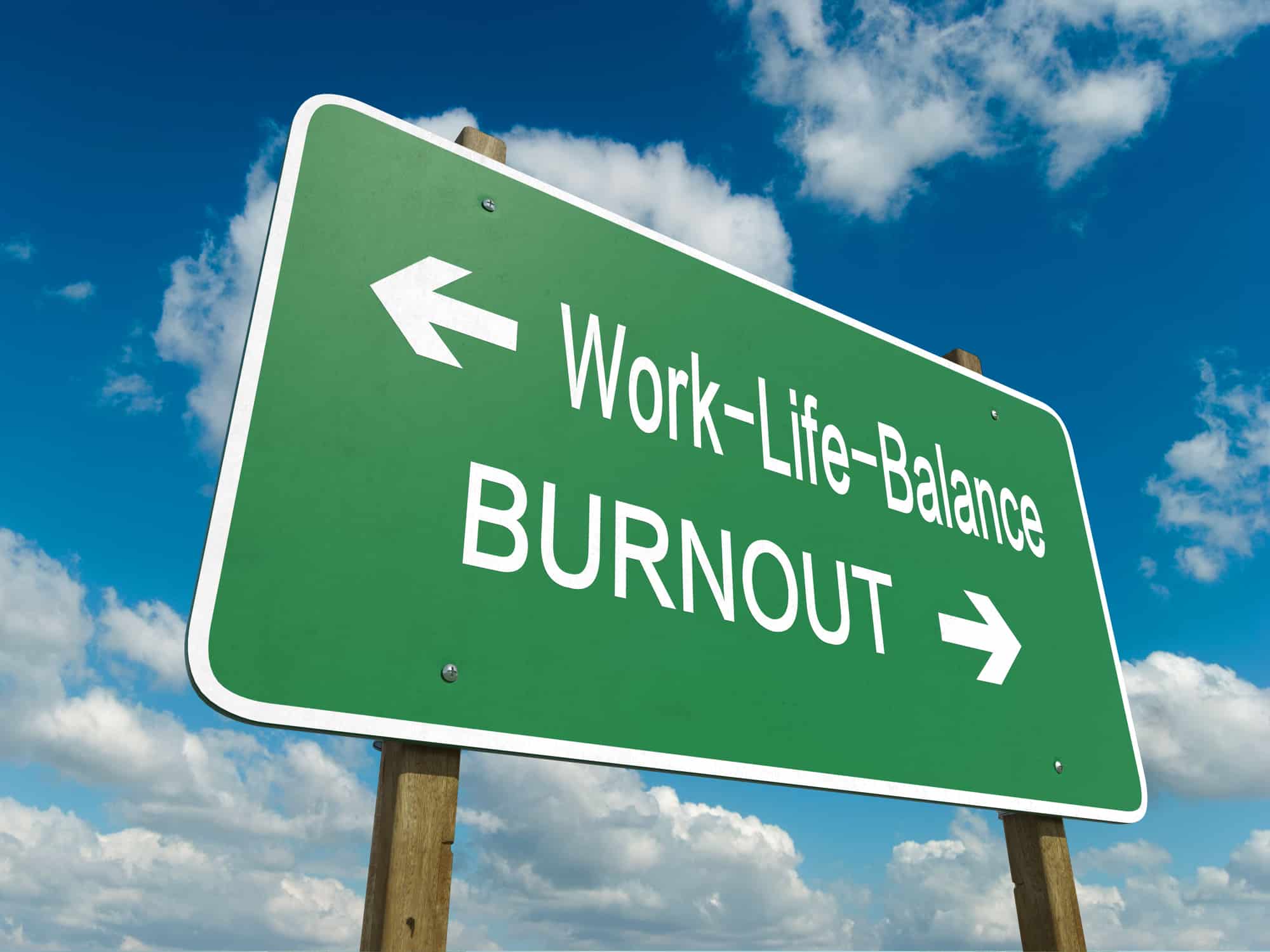There has been much discussion in the media throughout 2022 about the worldwide phenomenon of the so called ‘Great Resignation’, also referred to as ‘The Great Exhaustion’. Due to current workforce shortages, the demand for pharmacists and pharmacy assistants are at an all time high. The number of vacancies, along with an increased time taken to fill positions, is placing pressure on many business owners and employees.
During the COVID pandemic, healthcare workers, including pharmacists, have undoubtedly carried the greatest burden responding to the unprecedented public health crisis. They have had an increased workload caring for sick patients under very stressful conditions, with many feeling the strain of physical, psychological and emotional stress. This has left healthcare workers feeling burnt out, resulting in many moving to other roles or leaving the profession entirely.
This shift in the healthcare workforce has meant that the resulting skill shortages are having a flow on affect throughout the healthcare system. These include a reduction in the capacity of hospitals and other health services, which in turn results in longer waiting times for patients to receive care. Many of these patients therefore look for assistance from community pharmacists due to their accessibility, which adds further pressure to an already stretched workforce.
A recent survey by Deloitte and Swinburne University of Technology of more that 2000 Australian workers, found that one in three people were working more hours since the pandemic, with many working outside their “standard” hours. However, what employees value in their workplace is changing. Pay remains important but employees are placing a higher value on their work-life balance and wellbeing, which flexibility fosters. The challenge for employers, is to find ways to fully engage with their employees and understand what matters most to them.
In the survey, 93% of respondents stated that their physical, mental and emotional wellbeing was just as important as pay. Half of respondents placed wellbeing amongst the top 3 most important factors they look for in work, and close to two in three workers would be willing to forgo a pay rise for greater flexibility.
PwC also recently conducted a survey of 52,195 employees and found that employees are looking for jobs that are motivating, provide a sense of meaning and purpose, community and camaraderie and growth and development. The challenge for employers is to reflect and assess the current workplace culture and to engage with their employees to identify what changes can be made to retain and attract new employees. Are there any opportunities to introduce flexibility into the workplace? What is important to your employees? How can workplace culture be improved?
One suggestion to combat burnout and retain and engage employees, is to encourage individual growth, learning and development programs in order to address any potential skill shortages. Investing in your employees signifies to them that they are valued and play an important role in the business.
From an industry perspective, the Australian government recently announced the creation of an extra 20,000 Government-funded university places across Australia, including student pharmacists. It is also hoped that the listing of pharmacists on the priority migration skilled occupation list will also alleviate the impact of these workforce shortages.
There are significant costs associated for workplaces that fail to account for burnout in their employees. It can lead to higher rates of sick leave and absenteeism, and therefore a decline in individual and the organisations performance. Although there is no simple solution to the current workforce challenges facing employers, showing good leadership and expressing a keen interest in understanding your employees needs, may help to foster a collaborative and rewarding relationship, with the aim of preventing burnout.




 Share
Share